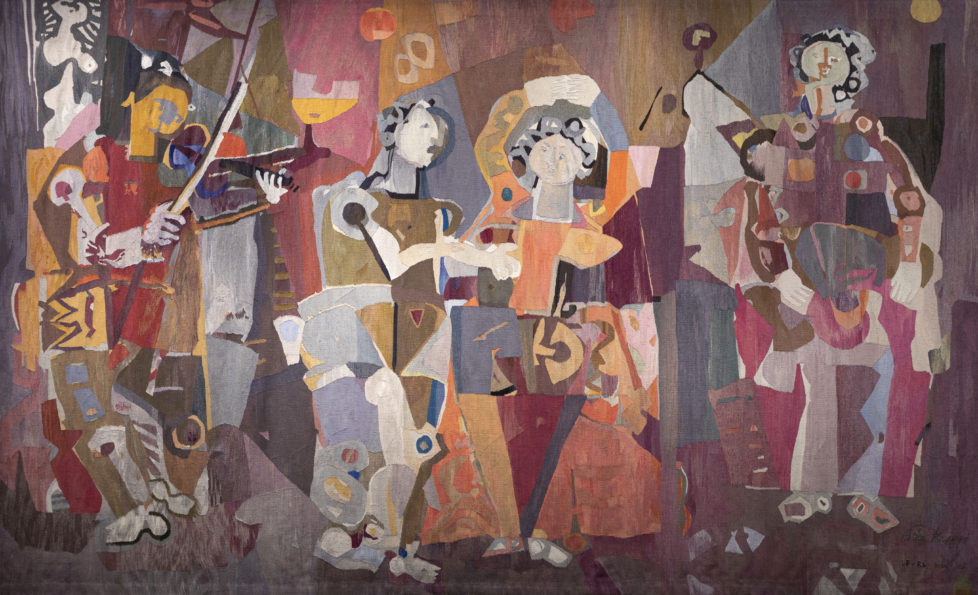
Frank Bowling, The Possibilities of Paint Are Never-Ending, Tate Britain, London
In his retrospective at Tate Britain, Frank Bowling appeared as a worthy successor to John Constable and J. M. W. Turner, who first inspired him to become an artist as a young émigré from Guyana in the 1950s. This isn’t to say that Bowling adheres to a tradition, but that he insists on the immanence of painting. The exhibition was too small, but extremely rich. An early masterpiece like Mirror (1964–66) is both a self-portrait and an image of the contradictory upheavals of the 60s, while a towering work like Middle Passage (1970) is a horrific yet sensuous rendering of historical trauma. After his revival in recent years, Bowling must be considered a seminal painter of the postwar period.

Martin Hägglund, This Life. Secular Faith and Spiritual Freedom, 2019, Pantheon
The Swedish Ivy League professor Martin Hägglund’s philosophical bestseller has been described by the journal Radical Philosophy as “the most important revival of Hegelian Marxism since Louis Althusser’s critique of that orientation in the 1950s and ’60s.” Hägglund’s core argument deals with what he calls “secular faith,” which is based on care for this life, not the next one. Meaning roughly a faith that is maintained by being exercised and institutionalised. The proposition is reminiscent of T.J. Clark’s attempt to formulate an art historical argument for the notion of an earthly paradise in Heaven on Earth (2018). If Hägglund’s next book is a philosophy of art, he should ask Frank Bowling to do the cover.

Weave Braid Attach – Textile Pioneers and Contemporary Expressions, Västerås Art Museum
Museums today often display their permanent collections as temporary exhibitions, while exhibitions based on critical interventions into specific subsets are also becoming increasingly common. As in Västerås Art Museum’s presentation, built around two major works from its public collection. The result was a low-key, focused reflection on modern Sweden in the guise of the small city of Västerås, with its defunct manufacturing industries and public institutions. Particularly striking was Sten Kauppi’s Dansen i Västra Aros (Dance in Western Aros, 1959–61), which had been moved from its permanent location at City Hall. All I want for Christmas is a comprehensive survey exhibition of this inglorious textile artist.


















